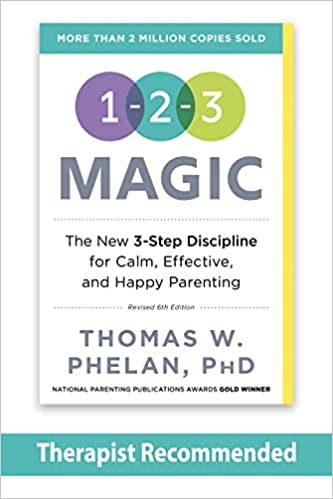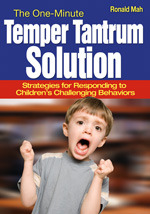The topic of temper tantrums in children requires no special introduction, as it is a ubiquitous issue for households where young children are present. Here are some examples of manifestations of temper tantrums: throwing a toy, yelling, crying, stamping, rolling on the floor, demanding for something to be given back, kicking, pushing, biting, spitting, grabbing, running away, banging head and holding breath.
And let’s be realistic and acknowledge that older children, as well as adults, have tantrums too. Just consider for a moment these examples: slamming the door, breaking objects, throwing away relationships, throwing away caution and restraint, silent treatment, being passive-aggressive, etc.
Let’s review some numbers pertaining to children (sourced from Ronald Mah, 2008).
Approximately 87% of children 18 to 24 months old, 91% of 3 year-olds and 59% of children who are 41 to 48 months old demonstrate temper tantrums. The duration of tantrums seems to increase as a function of age (Potegal et al., 2003), for example, in a 12-month-old the tantrum lasts about 1 minute, but in a 4-year-old child the duration can be close to 4 minutes, although some data suggest that for 4- and 5- year-olds temper tantrums could last up to 10 minutes (Van der Akker, 2022). And needless to say, these several minutes represent a challenging time for parents and caregivers.
Most parents are familiar with such recommendations as time-out and planned ignoring. These recommendations are based on the idea that temper tantrums are all about power and control While this is the case with some tantrums, not all of them pursue the logic of obtaining and keeping control.
This is why planned ignoring and time-out is not always an effective strategy.
Nevertheless, if you are a parent or a caregiver to a child who seems to be using temper tantrums to maintain power and control, you will find Thomas Phelan’s 1-2-3- Magic helpful, as it will walk you through specific steps to respond to behaviors you wish to STOP while keeping your emotions in check.
Before we delve in to the types of tantrums, let’s remember one important thing,
ALL children with temper tantrums need support and assistance. So, do not assume that they will just grow out of this and be fine. Also, do not minimize the situation, particularly, if temper tantrums occur daily and/or last for a long time.
Based on typology offered by Ronald Mah, a licensed marriage and family therapist, there are four types of tantrums.
UPSET tantrum occurs when a child reacts to a frustrating event or experience. This is not necessarily an attempt to control or manipulate the parent, but rather distress signal. The appropriate way of handling this tantrum is not by turning away from the child but by nurturing the child and validating their feelings.
HELPLESS tantrum and the underlying despair is best addressed by empowering the child and sharing suggestions of words and/or actions that will help the child problem solve and reach their goal.
CATHARTIC tantrum is about release of pent up emotions and requires only reassuring presence with permission and guidance regarding how to release stress and negative emotions constructively.
MANIPULATIVE tantrums are what most parents are familiar with, these behaviors are about power and control. Strategies for responding should, therefore, include use of reasonable limits and boundaries and enforcement of the consequences if necessary.
PARENTING BOOKS TO CONSULT FOR FURTHER GUIDANCE
Sources
Mah, R. (2008). The One-Minute Temper Tantrum Solution: Strategies for Responding to Children’s Challenging Behaviors.
Potegal, M. & Davidson, R.J. (2003) Temper tantrums in young children: 1. Behavioral composition. Journal of Developmental Behavior Pediatrics, 24:140–147.
Van den Akker AL, Hoffenaar P, Overbeek G. Temper Tantrums in Toddlers and Preschoolers: Longitudinal Associations with Adjustment Problems. J Dev Behav Pediatr. 2022 Sep 1;43(7):409-417. doi: 10.1097/DBP.0000000000001071.








